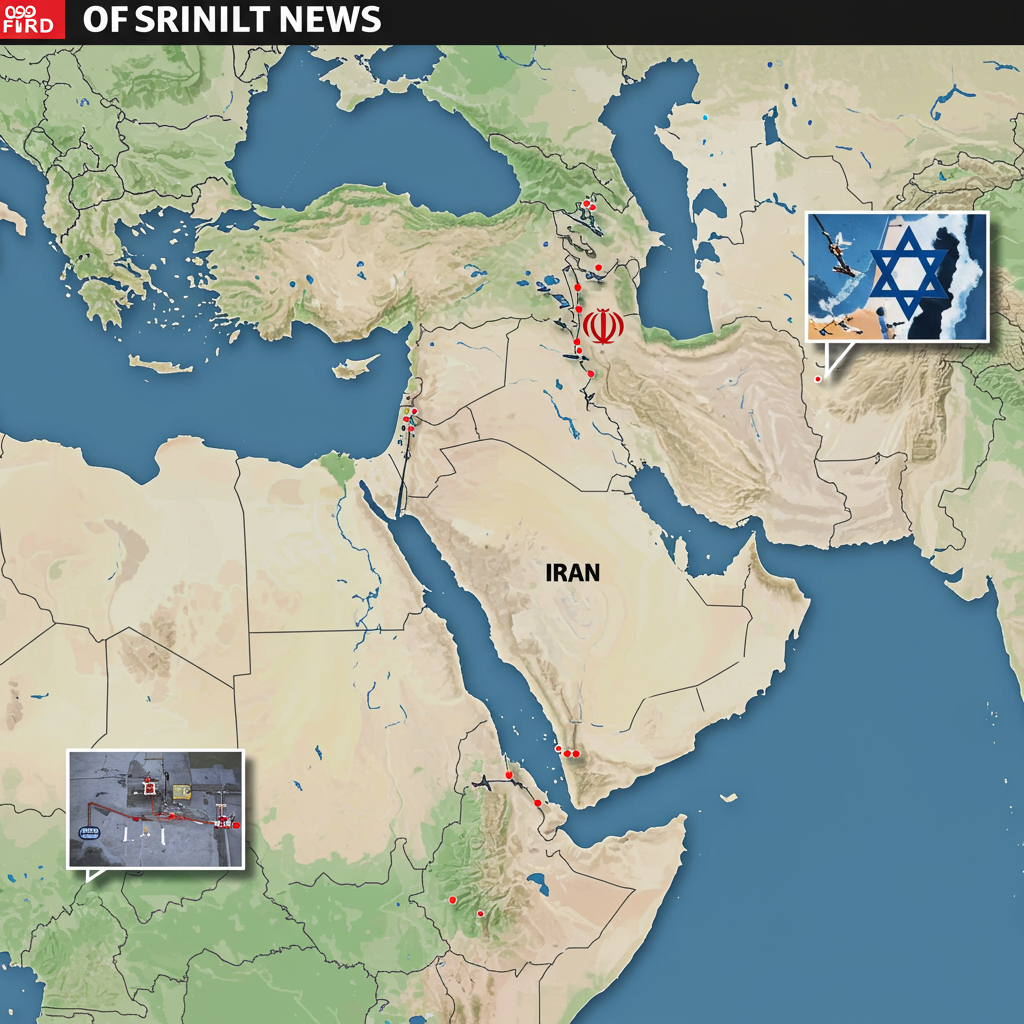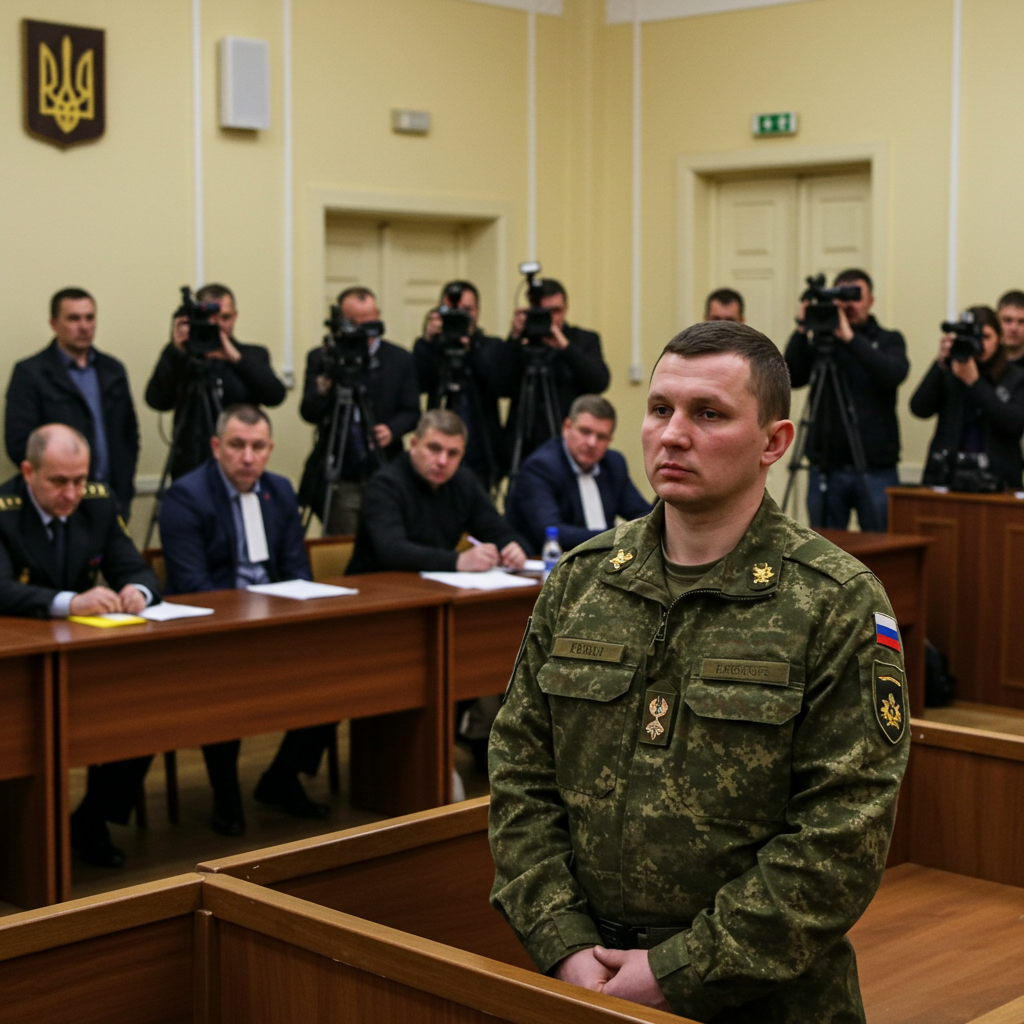A pivotal announcement concerning the future of one of the world’s most revered spiritual lineages has been made. His Holiness the 14th dalai Lama has definitively affirmed that the institution of the Dalai Lama will continue. This statement, released ahead of his 90th birthday and delivered during a significant tibetan Religious Conference in Dharamshala, India on July 2, 2025, addresses long-standing questions about the succession process and signals a clear path forward for Tibetan Buddhism.
The declaration comes after decades of contemplation and widespread consultation. As far back as 1969, the Dalai Lama indicated that the decision regarding the continuation of his reincarnations should ultimately rest with “concerned people.” He later elaborated in a September 24, 2011, statement, explaining his intention to consult high Lamas, the Tibetan public, and other followers around his ninetieth year to re-evaluate the institution’s future.
Overwhelming Appeals Shaped the Decision
While formal public discussions on the matter have been limited over the past 14 years, the Dalai Lama revealed that he has received an outpouring of earnest requests urging the institution’s continuation. These appeals have come from a diverse and global spectrum of the Tibetan and Buddhist community.
Support for the lineage’s persistence has been voiced by leaders of Tibet’s spiritual traditions, members of the Tibetan Parliament in Exile, participants in special general meetings, members of the Central Tibetan Administration, and various non-governmental organizations. The calls have also extended to Buddhist communities across the Himalayan region, Mongolia, the Buddhist republics of the Russian Federation, and Buddhists throughout Asia, including those residing in mainland China.
Crucially, His Holiness emphasized receiving messages through various channels specifically from Tibetans inside Tibet making the same heartfelt appeal. In direct response to this powerful consensus and in agreement with these numerous requests, the Dalai Lama has now formally affirmed the continuation of the institution. This decision underscores his deep connection to his followers and his commitment to preserving a tradition spanning over six centuries.
The Exclusive Authority Over Succession
With the continuation affirmed, the focus shifts to the process for recognizing the next reincarnation. The Dalai Lama was emphatic in reiterating the framework established in his 2011 statement, designed to ensure the spiritual integrity of the process.
He stated unequivocally that the exclusive responsibility for recognizing his future reincarnation rests solely with the members of the Gaden Phodrang Trust. This trust operates as the Office of His Holiness the Dalai Lama. The members of the Gaden Phodrang Trust are mandated to consult with the heads of the various Tibetan Buddhist traditions. They must also seek guidance from reliable oath-bound Dharma Protectors who possess an inseparable link to the lineage of the Dalai Lamas.
Based on these essential consultations, the Trust is tasked with carrying out the search and recognition procedures in strict accordance with past tradition. This traditional method involves senior monks looking for spiritual signs, visions, and conducting ritual tests to identify the child successor.
A Strong Stance Against Interference
A central tenet of the Dalai Lama’s declaration is the assertion of the Gaden Phodrang Trust’s sole authority. He powerfully reiterated that no one else has any right or authority to interfere in this deeply spiritual matter. This stance is a direct challenge to external attempts to influence or control the reincarnation process.
The succession of the Dalai Lama carries profound political ramifications, particularly in the context of the ongoing complex relationship between the Tibetan people and the Chinese government. Beijing has repeatedly asserted its claim as the rightful authority over the selection process, basing this claim on historical precedents from the Qing dynasty. Chinese authorities often label the current Dalai Lama a separatist and maintain their intent to select his successor.
The Dalai Lama views China’s position as an attempt to politicize a process that has always been purely spiritual. He has previously indicated that his reincarnation would be born outside of China. The Gaden Phodrang Trust was established, in part, to coordinate the reincarnation search outside the reach of political actors, aiming for stability and transparency in exile.
Historical Context and Ongoing Conflict
The conflict over the Dalai Lama’s succession is deeply rooted in history. Since the 15th century, the Dalai Lama has served as the principal spiritual leader of Tibetan Buddhism. Following a failed uprising against Chinese rule in 1959, the 14th Dalai Lama fled Tibet, which China had annexed in 1950, and established a government-in-exile in India.
China has steadily increased its control over Tibetan religious affairs since the 1950s. A stark example of this control is the 1995 case of Gedhun Choekyi Nyima. After the Dalai Lama recognized this six-year-old boy as the 11th Panchen Lama—the second-highest authority in Tibetan Buddhism and traditionally involved in the search for the next Dalai Lama—the child was reportedly abducted by Chinese authorities and has not been seen since. China subsequently installed its own candidate as the Panchen Lama, a figure widely seen by Tibetans as a political tool to undermine their spiritual independence and control the future succession.
Amnesty International and other human rights groups have condemned China’s actions as a direct assault on religious freedom, emphasizing that faith communities should be free to choose their leaders without state coercion. U.S. lawmakers have also supported the Dalai Lama’s position, enacting legislation that rejects Beijing’s right to appoint the successor and advocating for religious freedom in Tibet.
Significance for Tibetan Identity and Future
The Dalai Lama’s clear affirmation of the institution’s continuation is far more than just a religious statement. It stands as a potent symbol of cultural and spiritual resilience for the Tibetan people, both those living in exile and those inside Tibet. It provides a sense of continuity and hope in the face of significant political pressure and historical challenges.
Furthermore, the declaration serves as a powerful reaffirmation of the Dalai Lama’s enduring commitment to principles of peace, compassion, and religious freedom. By entrusting the succession process exclusively to the Gaden Phodrang Trust and traditional religious authorities, he reinforces the spiritual nature of the lineage and seeks to protect it from political manipulation.
As the Gaden Phodrang Trust prepares for formal consultations with senior Tibetan Buddhist leaders regarding the process, the international community will likely watch closely. Officials in Dharamshala have cautioned that attempts by Beijing to install its own candidate could lead to heightened international scrutiny and further complicate the already sensitive situation.
Frequently Asked Questions
Which body has the sole authority over recognizing the Dalai Lama’s reincarnation?
According to the 14th Dalai Lama’s statement, the Gaden Phodrang Trust, which serves as his official office, holds the sole and exclusive authority for searching for and recognizing his future reincarnation. He emphasized that no other entity or individual has any authority to interfere in this process. The Trust is instructed to consult with heads of Tibetan Buddhist traditions and specific Dharma Protectors.
What is the traditional process for finding the next Dalai Lama?
The traditional process, which the Gaden Phodrang Trust is expected to follow, involves senior Buddhist monks searching for signs, visions, and clues left by the previous Dalai Lama. This often includes interpreting dreams, observing natural phenomena, and conducting ritual tests on potential child candidates to identify the legitimate reincarnation. The process is deeply rooted in centuries of Tibetan Buddhist tradition.
Why is the Dalai Lama’s succession a point of conflict with the Chinese government?
The Chinese government claims historical authority, stemming from the Qing dynasty era, to approve or select the Dalai Lama’s successor. They view the current Dalai Lama as a separatist and intend to choose the next one, seeing it as a means to control Tibet. The Dalai Lama, however, asserts that the process is purely spiritual, determined by religious tradition and his chosen Trust, and that China’s interference is political manipulation aimed at undermining Tibetan identity and religious freedom.
Conclusion
The 14th Dalai Lama’s definitive statement affirming the continuation of his institution marks a crucial moment for Tibetan Buddhism and the Tibetan people. By clearly designating the Gaden Phodrang Trust as the sole authority for the succession and reiterating the adherence to traditional spiritual procedures, His Holiness has provided clarity and a bulwark against external interference. While the declaration ensures the spiritual lineage’s continuity, it also sets the stage for potential future challenges, particularly regarding China’s competing claims. The future recognition process remains a sensitive issue, but the Dalai Lama’s statement empowers traditional Tibetan religious authority and reinforces the enduring significance of the institution for millions worldwide.



